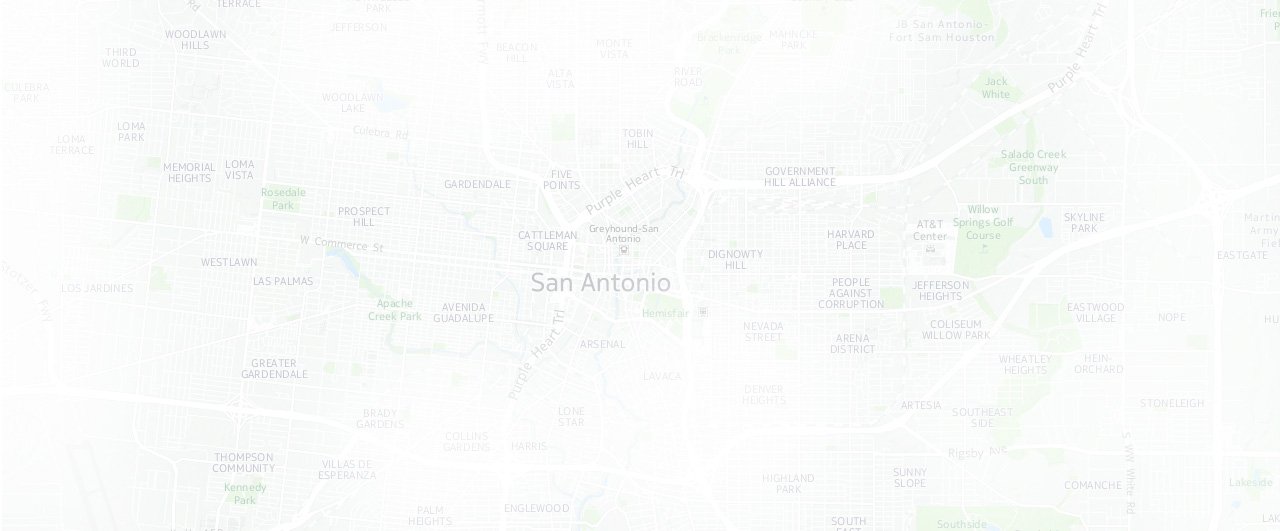Colonoscopy
Colonoscopy is the visual examination of the large intestine (colon) using a lighted, flexible fiberoptic or video endoscope. The colon begins in the right-lower abdomen and looks like a big question mark as it moves up and around the abdomen, ending in the rectum. It is 5 to 6 feet long. The colon has a number of functions including withdrawing water from the liquid stool that enters it so that a formed stool is produced.
Equipment
The flexible colonoscope is a remarkable piece of equipment that can be directed and moved around the many bends in the colon. These colonoscopes now come in two types. The original purely fiberoptic instrument has a flexible bundle of glass fibers that collects the lighted image at one end and transfers the image to the eye piece. The newer video endoscopes use a tiny, optically sensitive computer chip at the end. Electronic signals are then transmitted up the scope to a computer which displays the image on a large video screen. An open channel in these scopes allows other instruments to be passed through in order to perform biopsies, remove polyps or inject solutions.
Reasons For The Exam
There are many types of problems that can occur in the colon. The medical history, physical exam, laboratory tests and x-rays can provide information useful in making a diagnosis. Directly viewing the inside of the colon by colonoscopy is usually the best exam.
Colonoscopy is used for:
- Colon cancer — a serious but highly curable malignancy
- Polyps — fleshy tumors which usually are the forerunners of colon cancer
- Colitis (ulcerative or Crohn’s) — chronic, recurrent inflammation of the colon
- Diverticulosis and diverticulitis — pockets along the intestinal wall that develop over time and can become infected
- Bleeding lesions — bleeding may occur from different points in the colon
- Abdominal symptoms, such as pain or discomfort, particularly if associated with weight loss or anemia
- Abnormal barium x-ray exam
- Chronic diarrhea, constipation, or a change in bowel habits
- Anemia
Preparation
To obtain the full benefits of the exam, the colon must be clean and free of stool. The patient receives instructions on how to do this. It involves drinking a solution which flushes the colon clean or taking laxatives and enemas. Usually the patient drinks only clear liquids and eats no food for the day before the exam. The physician advises the patient regarding the use of regular medications during that time.
The Procedure
Colonoscopy is usually performed on an outpatient basis. The patient is mildly sedated, the endoscope is inserted through the anus and moved gently around the bends of the colon. If a polyp is encountered, a thin wire snare is used to lasso it. Electrocautery (electrical heat) is applied to painlessly remove it. Other tests can be performed during colonoscopy, including biopsy to obtain a small tissue specimen for microscopic analysis.
The procedure takes 15 to 30 minutes and is seldom remembered by the sedated patient. A recovery area is available to monitor vital signs until the patient is fully awake. It is normal to experience mild cramping or abdominal pressure following the exam. This usually subsides in an hour or so.
Results
After the exam, the physician explains the findings to the patient and family. If the effects of the sedatives are prolonged, the physician may suggest an appointment at a later date. If a biopsy has been performed or a polyp removed, the results of these are not available for three to seven days.
Benefits
A colonoscopy is performed to identify and/or correct a problem in the colon. The test enables a diagnosis to be made and specific treatment can be given. If a polyp is found during the exam, it can be removed at that time, eliminating the need for a major operation later. If a bleeding site is identified, treatment can be administered to stop the bleeding. Other treatments can be given through the endoscope when necessary.
Alternative Testing
Alternative tests to colonoscopy include a barium enema or other types of x-ray exams that outline the colon and allow a diagnosis to be made. Study of the stools and blood can provide indirect information about a colon condition. These exams, however, do not allow direct viewing of the colon, removal of polyps, or the completion of biopsies.
Side Effects and Risks
Bloating and distension typically occur for about an hour after the exam until the air is expelled. Serious risks with colonoscopy, however, are very uncommon. One such risk is excessive bleeding, especially with the removal of a large polyp. In rare instances, a tear in the lining of the colon can occur. These complications may require hospitalization and, rarely, surgery. Quite uncommonly a diagnostic error or oversight may occur.
Due to the mild sedation, the patient should not drive or operate machinery following the exam. For this reason, someone should be available to drive the patient home.
• All of the Gastroenterology Animations were created with the help of Dr. Urfan Dar.
Professional & Educational Links
Click on a link for more information
Digestive Disease Specialists
- American College of Gastroenterology
- American Gastroenterology Association
- American Society for Gastrointestinal Endoscopy
- Celiac Disease





